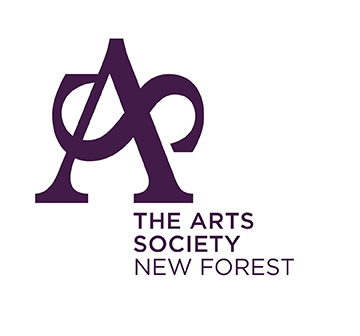Singe Ye Yule -A Musical Portrait of a Medieval Christmas –
A lecture by Sarah Deere-Jones.
Sarah began her lecture by giving us the sad information that unfortunately there were no original medieval instruments left therefore all the instruments she had brought with her were reproductions. Throughout her captivating lecture we were enthralled by Sarah playing to us on these medieval reproductions.
She then set the scene for us – we were in woodland area along a muddy track ; we can hear the sound of chopping wood and ahead we can see a Manor House . It was beautiful and peaceful time so the people are getting excited on hearing lively music. The peasants would spend much of their time chopping firewood and caring for animals. They would come in from outside for soup at mid-day and at the end of the day they would just have a chunk of bread and cheese before going to bed. So it is no wonder that the 12 days of Christmas were so special.Everyone gathered evergreens for symbolism and to decorate their homes.Mistletoe had special fertility powers, whilst holly symbolised Christianity with white flowers , red berries and everlasting leaves.
The main part of the festivities was feasting. The main meal was served at 11 because of the need for light. This was essential for peasants and the wealthier you were the later you could eat. There was particular food for each course. Generous lords of the manor would invite one or two of the peasants to join the lords and ladies at the table.
Hunting was a very popular activity in the winter. After a day’s hunting they would return to the Manor for food and entertainment. The entertainment would be mummers and disguisers. The entertainers would often be out of work agricultural workers which is why they would disguise themselves.
One of the musical entertainments would be the Hurdy Gurdy – rather like a mechanical violin. Skating and kurling were also popular activities . At one time the Thames was frozen for 14 weeks. Skates were made from animal bones. Other games included backgammon, quoits, cards and chess.
The music played at these festivities would include town musicians playing bagpipes very early in the morning whilst heralds would play loud brass instruments!! Whilst the guests were eating, quieter music would be played by minstrels who would then accompany the dancing afterwards. Much of the rustic dancing originated from pagan dancing i.e. in a circle. Slow dances like the Pavanne were introduced by the wealthy.
The earliest medieval carols started as elements in plays and not in churches.
we were sad as this lecture closed as we could have listened for much longer especially as now we could place the music and the instruments into context. We were most grateful to Sarah for setting the scene for us to begin to celebrate our Christmas.
